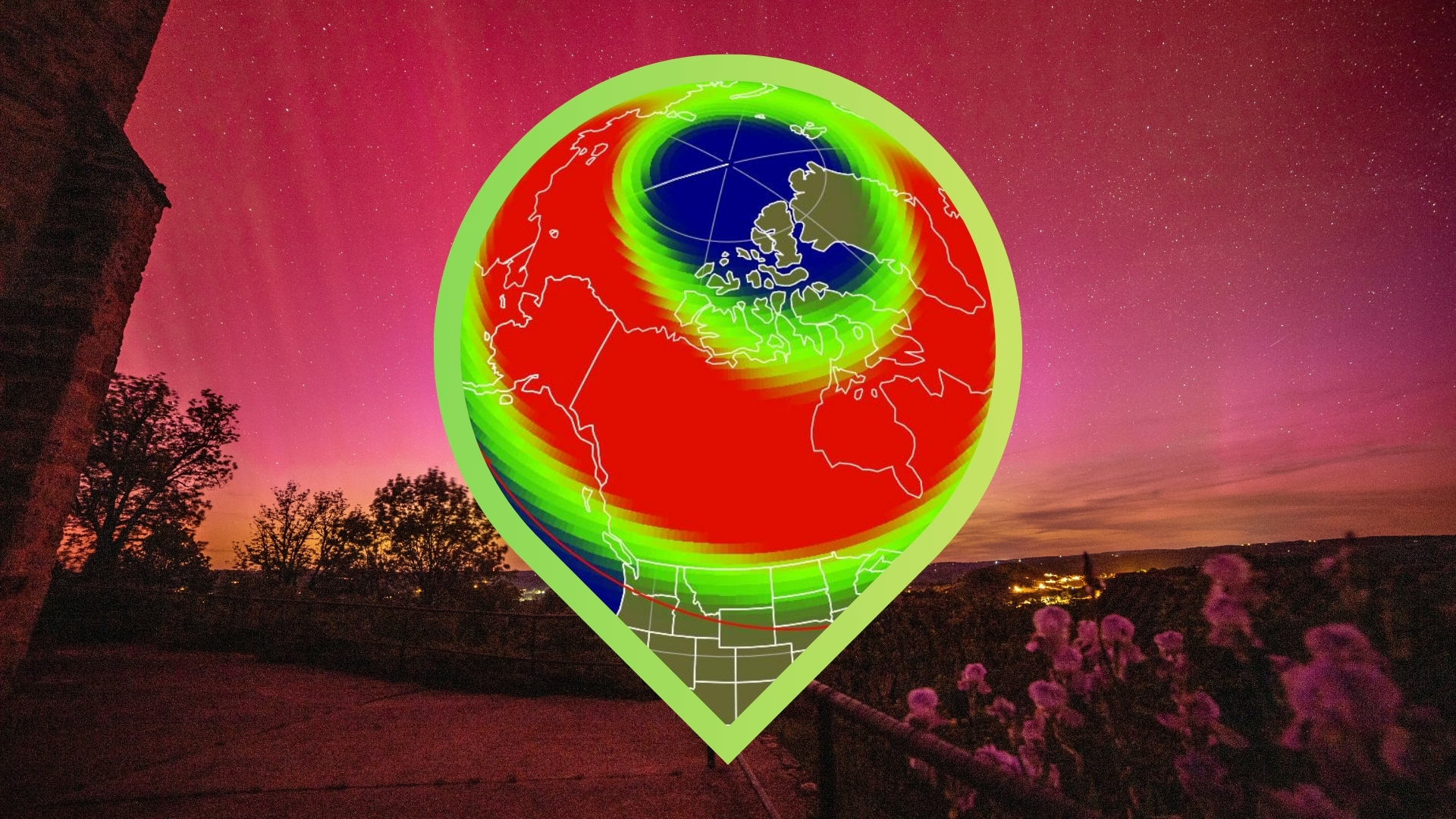China tests reusable rocket engine for the 1st time (video)
The engine will power a new rocket for crewed missions.
China has made a breakthrough in its quest to develop reusable launch vehicles like SpaceX’s Falcon 9.
Engineers performed the first hot-fire test of a 130-ton-thrust engine on Saturday (Nov. 26). The test included stopping and reigniting the engine, a process needed to control how and where rocket stages return to the ground.
The engine was tested by the Academy of Aerospace Propulsion Technology in Xi'an, a subsidiary of the China Aerospace Science and Technology Corporation (CASC), the country’s main space contractor and maker of the Long March rocket family.
Related: The latest news about China's space program

The engine burns a mix of kerosene and liquid oxygen. It includes components made using 3D printing, automatic welding and intelligent assembly, and it's capable of adjusting the thrust it produces when firing.
The engine is named the YF-100N and is a more advanced version of the YF-100 engine, which is used in China’s current Long March 5, 6 and 7 rockets.
CASC plans to use the YF-100N for a new generation of launch vehicles, including a new, reusable rocket for launching crew to its new Tiangong space station and eventually the moon.
Breaking space news, the latest updates on rocket launches, skywatching events and more!
CASC plans to have a first flight test of the new rocket around 2026, and says it will be able to launch a pair of the rockets to facilitate a short-term crewed lunar landing mission before the end of the decade.
Follow us on Twitter @Spacedotcom or on Facebook.

Andrew is a freelance space journalist with a focus on reporting on China's rapidly growing space sector. He began writing for Space.com in 2019 and writes for SpaceNews, IEEE Spectrum, National Geographic, Sky & Telescope, New Scientist and others. Andrew first caught the space bug when, as a youngster, he saw Voyager images of other worlds in our solar system for the first time. Away from space, Andrew enjoys trail running in the forests of Finland. You can follow him on Twitter @AJ_FI.
